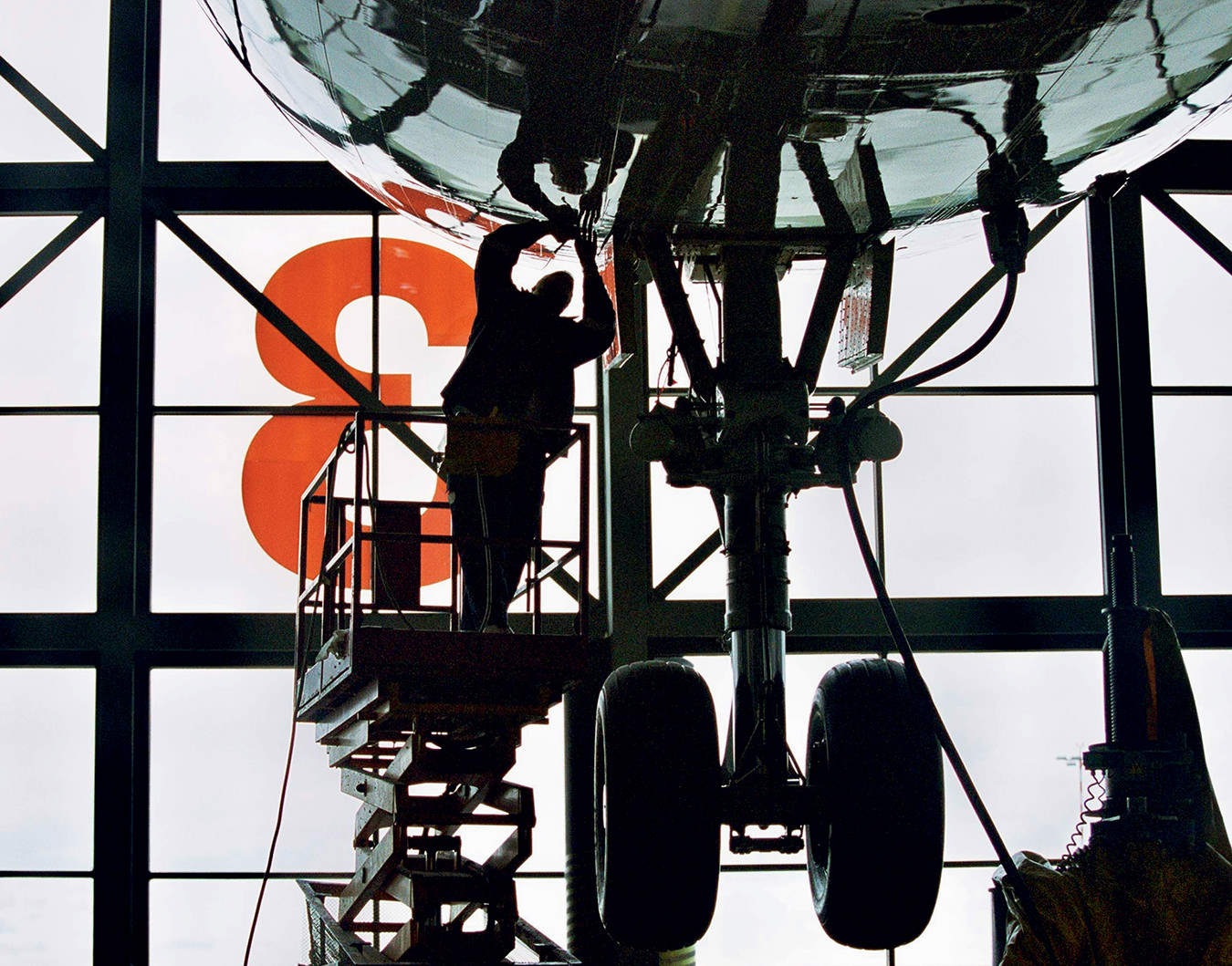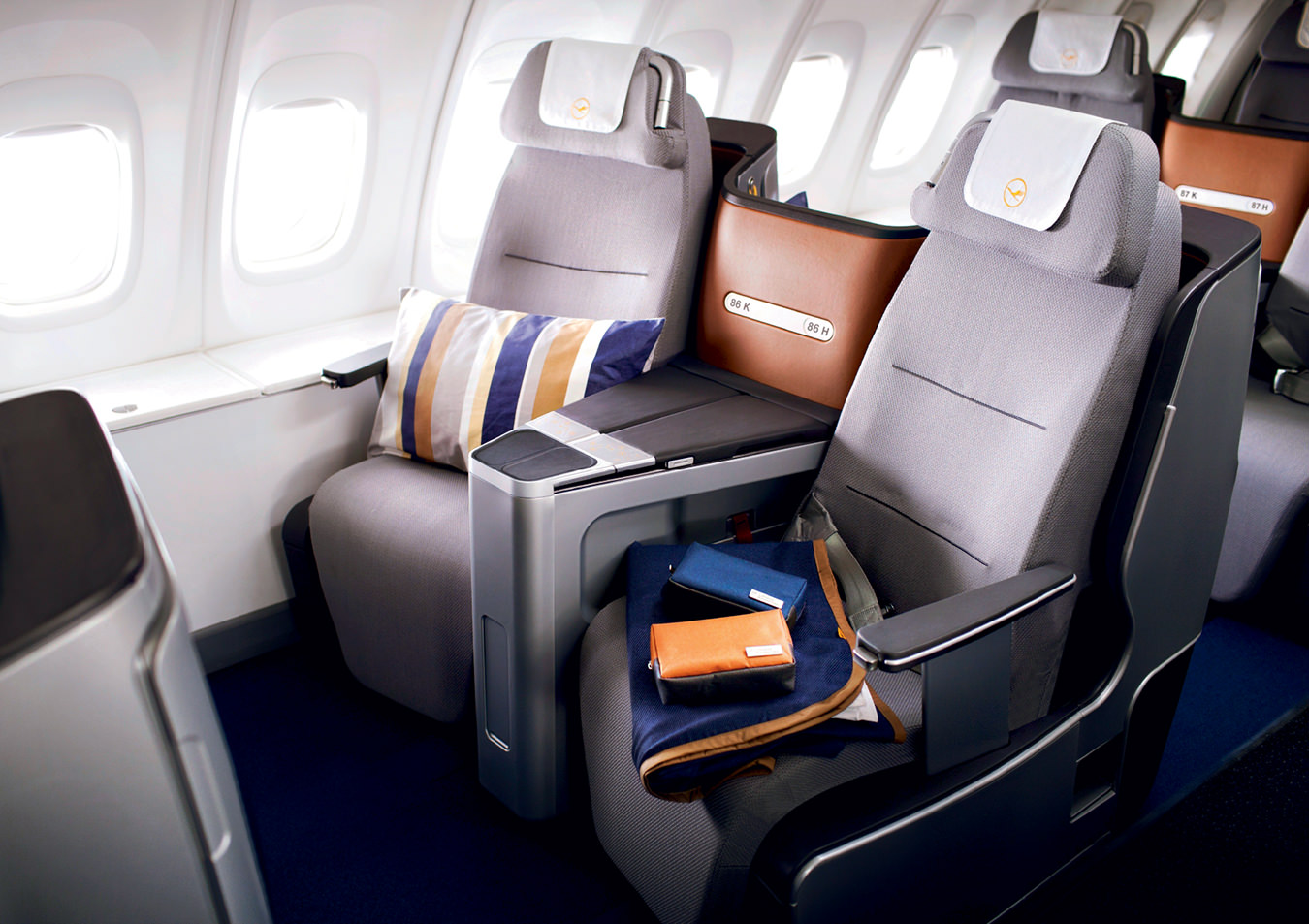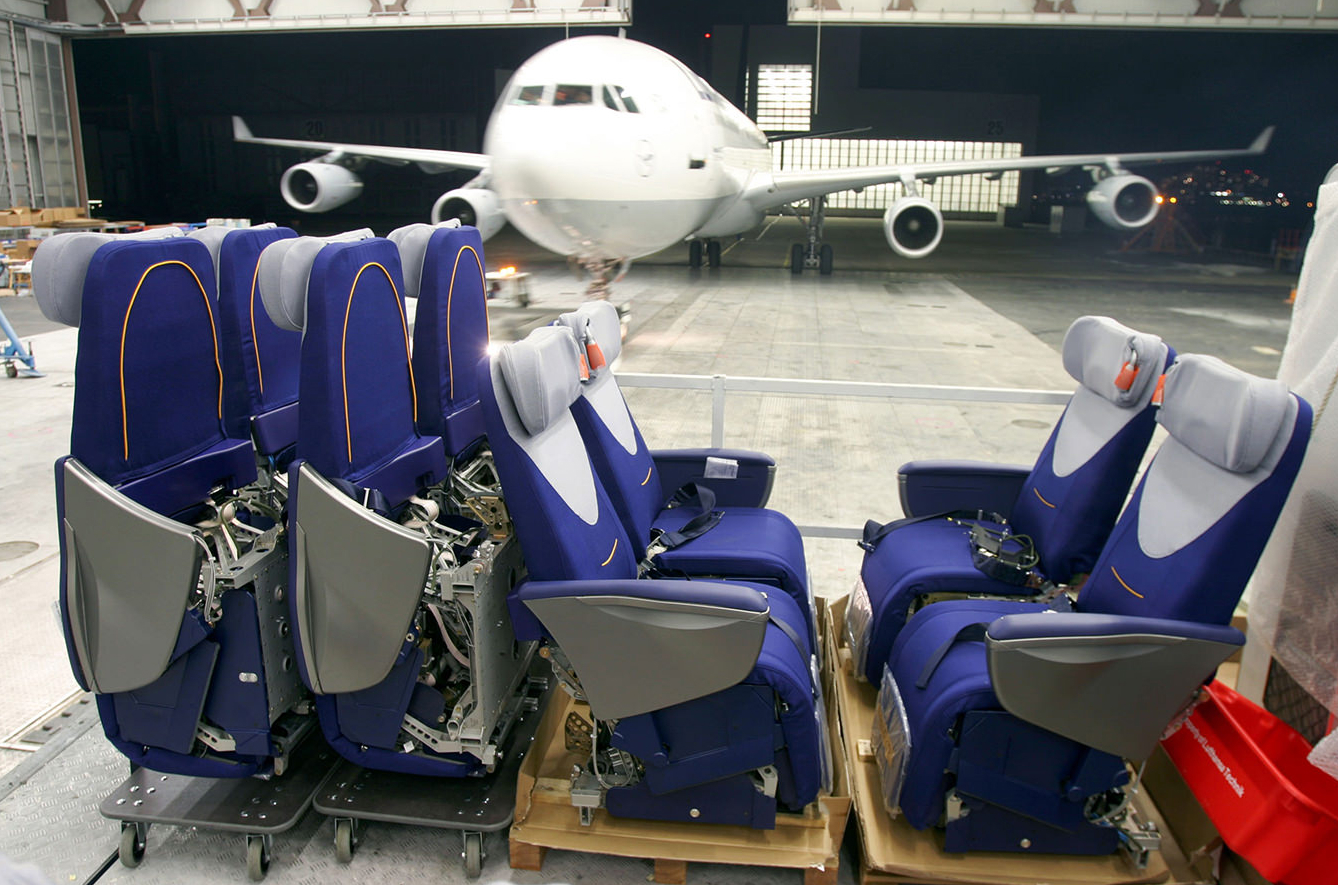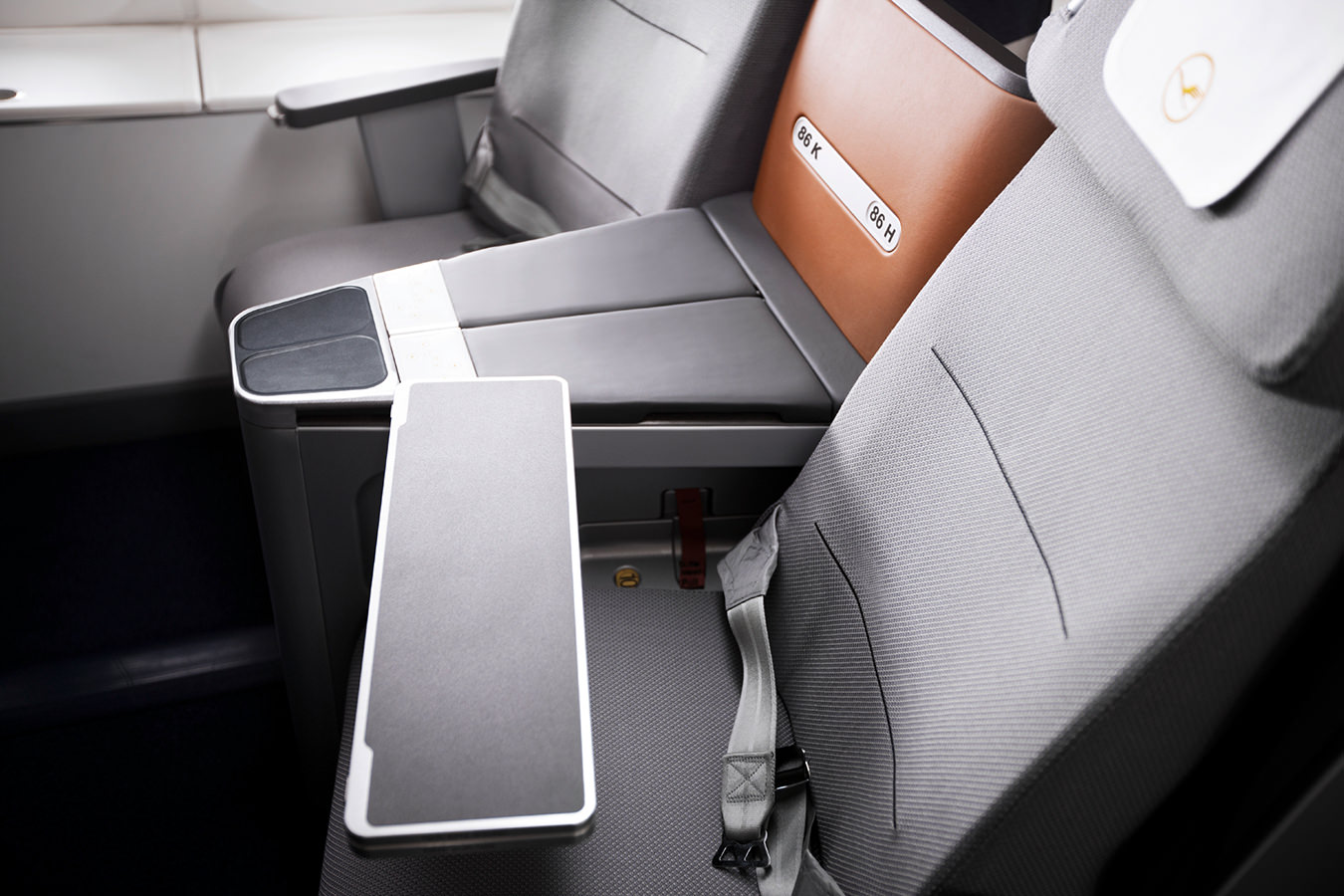The airline, Europe’s largest by both passenger volume and number of aircraft, known as Lufthansa, is in fact part of a larger group, whose global operations encompass nearly 500 subsidiaries. Among those are Lufthansa Cargo, and the impressive Lufthansa Technik, at which some of the leading emissions and climate research in the world is being done. The name, from the German for “air” (luft) and the Latin for “guild” (hansa), and the logo (a crane in flight) both come from the first version of the company back in the early 20th century. The main facilities are in a splendid compound at the Frankfurt airport, and there reside and work many of the company’s employees. 40,000 of the 117,000 total.
The industry itself almost defines the word competitive, with operating costs (including the purchase of new airliners), fuel costs, discount airlines, all playing a role. Competition is not confined to the airlines themselves, but to airports as well, so that Frankfurt competes with Schiphol (Amsterdam), the London airports to a degree, and even some Asian and Middle Eastern airports who are striving to become hubs from one part of the world to other parts. That all adds up to some fierce struggles to attract passengers, secure flying routes that will be profitable, and maintain safety and cargo efficiencies.
Sadiq Gillani is senior vice president and chief strategy officer at Lufthansa. “We try to look at the situation from the inside, to understand the hub system, how routes feeding into other routes can affect capacity in key areas,” he says. “And when capacity rises, prices have to drop.” That is why changes to the worldwide hub system, say the creation of Dubai as a hub catering to the greatest growth sector in the industry, which is Asia, will actually have serious ripple effects all across the globe.
While overall strategy is a vital component, there is also the matter of controlling costs, and in that case, research is the key. Dr. Karl Heinz Haag is head of environmental affairs, Deutsche Lufthansa AG. His more intellectual work was in bio-fuels (“my dissertation was the wing structures of supersonic jets”), which may well be the future of the industry. “Environmental issues are very alive at the top levels of the company,” Dr. Haag says. “And it is complex. Each of the nearly 500 companies in the group has its own management. At the same time, we take an over-arching view of such things as waste management and fuel efficiency.”
Frankfurt airport is closed each day, from 11 p.m. to 5 a.m., a serious challenge to operators, and a strong motivation to address any and all noise reduction strategies. Climate change, too, is part of Dr. Haag’s purview. “It is hard to say definitively, but we are constantly working towards an industry-wide position in this issue,” he says. “Are we looking at, for example, a 10-year anomaly, in which certain parts of the world had a temperature drop, or is the overall weight of the past three decades too much to ignore? In any event, we work hard to limit and stabilize carbon emissions, and in part that is self-serving: we use nearly €7-billion in fuel per year. That consumption is greater than the entire country of Finland.”
It is, as Dr. Haag says, “a challenge to change a system that works quite well. And it may seem nothing is changing at all. But if you take a step back, you can see progress is being made. An aluminum fibreglass experiment begun in 1975 is now in use on the new A-380 aircraft. The wing span on the new superliners is greater than the distance of the Wright brothers’ first flight”. He smiles thoughtfully, and adds, “modifications abound, to gear-turbo fans, to the weight of aircraft, work on non-propeller type engines continues”.
One of Lufthansa’s most impressive commitments is to the installation of a climate analysis lab right on one of their commercial aircraft. The plane is assigned various routes, and the lab gathers climate data in a unique, invaluable context, way up there at 35,000 feet, give or take. “We work with the universities here, and the data reveals all kinds of interesting things,” says Dr. Haag. “It is an investment on our part, certainly, but then, we would like to think there will still be a Lufthansa in the next century.”
Dr. Haag sits on a United Nations committee on climate change, and his company assigns significant resources to improving their carbon footprint, and to developing new ways of understanding the realities of the climate. It is a model of responsible corporate citizenship, and makes Lufthansa a company well worth watching, as the times keep on a-changing.











